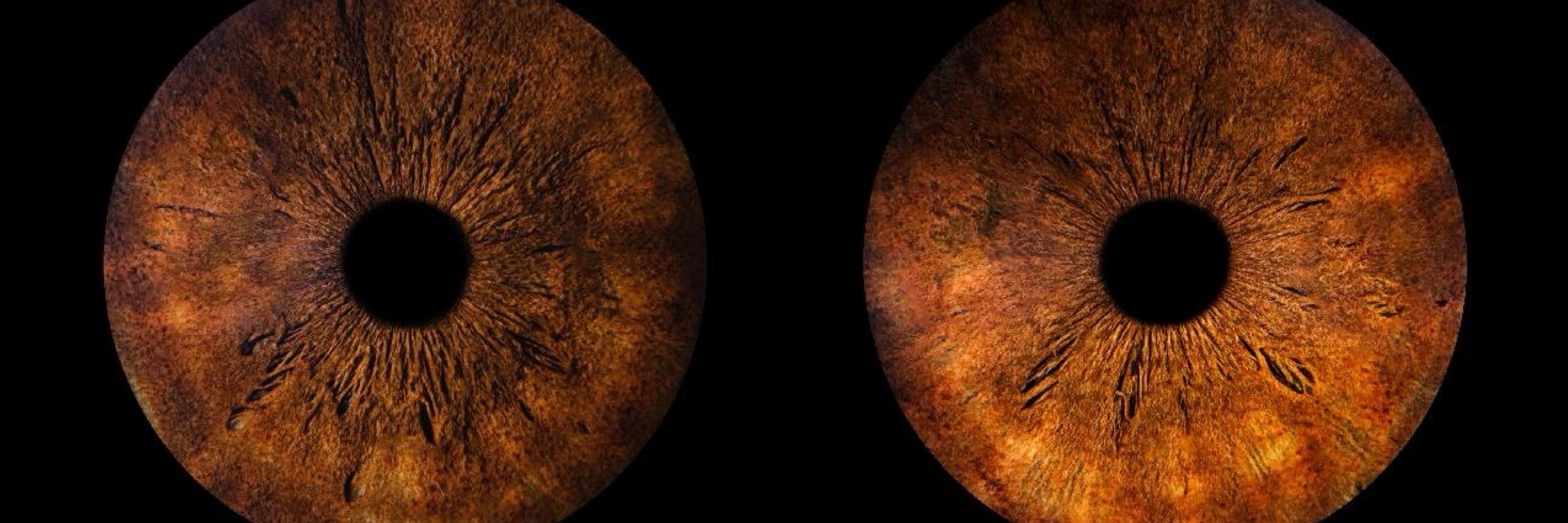
Phivos Phylactou
@phivph.com
MSCA Fellow | I make people play boring video games and then zap their brains with magnetic pulses to understand how memory works.
Nihilism survivor.
www.phivph.com
Nihilism survivor.
www.phivph.com
With RESTORE, we aim to combine TMS & EEG to study the neural underpinnings of working memory. We plan to advance the use of TMS & EEG aiming to provide innovative approaches to the study of cognition. For a sneak peek, check out our recent perspective: www.frontiersin.org/journals/hum...
3/3
3/3

Frontiers | Advancing working memory research through cortico-cortical transcranial magnetic stimulation
The neural underpinnings of working memory (WM) have been of continuous scientific interest for decades. As the understanding of WM progresses and new theori...
www.frontiersin.org
September 1, 2025 at 7:49 PM
With RESTORE, we aim to combine TMS & EEG to study the neural underpinnings of working memory. We plan to advance the use of TMS & EEG aiming to provide innovative approaches to the study of cognition. For a sneak peek, check out our recent perspective: www.frontiersin.org/journals/hum...
3/3
3/3
A couple of years ago, myself, Eddie & Nikos got together and discussed some ideas, which led to the birth of project RESTORE. RESTORE was well received and was awarded an MSCA-PF. More about the project here: cordis.europa.eu/project/id/1...
2/3
2/3

Investigating the contribution of the sensory visual cortex for REpresentation and STORagE during visual working memory. | RESTORE | Project | Fact Sheet | HORIZON | CORDIS | European Commission
Visual working memory (VWM) is the cognitive process responsible for temporarily maintaining in mind visual information that is no longer in view. The neural architecture of VWM has been of continuous...
cordis.europa.eu
September 1, 2025 at 7:49 PM
A couple of years ago, myself, Eddie & Nikos got together and discussed some ideas, which led to the birth of project RESTORE. RESTORE was well received and was awarded an MSCA-PF. More about the project here: cordis.europa.eu/project/id/1...
2/3
2/3
Today, I had my final walk around campus, remembering the very first visit. I joined Western in hopes of becoming a better scientist, and on top of that, I like to think that I became a better person.
3/3
3/3

August 23, 2025 at 5:23 AM
Today, I had my final walk around campus, remembering the very first visit. I joined Western in hopes of becoming a better scientist, and on top of that, I like to think that I became a better person.
3/3
3/3
But most importantly I was privileged enough to meet and collaborate with lots of amazing folks, for whom there are not enough words in this world to thank. Every single one of them taught me something that I will cherish for life.
2/3
2/3
August 23, 2025 at 5:23 AM
But most importantly I was privileged enough to meet and collaborate with lots of amazing folks, for whom there are not enough words in this world to thank. Every single one of them taught me something that I will cherish for life.
2/3
2/3
Alright I’ll update the wiki 😂
August 3, 2025 at 2:34 PM
Alright I’ll update the wiki 😂
Introducing a new proxy of cortical excitability paves the way for wider use of TMS. Objective measures can be taken outside of M1, and TMS applications can now include individuals who are MEP-negative. [7/end]

August 3, 2025 at 2:04 PM
Introducing a new proxy of cortical excitability paves the way for wider use of TMS. Objective measures can be taken outside of M1, and TMS applications can now include individuals who are MEP-negative. [7/end]
Our sham controls show that pupil responses are not due to auditory artefacts. Additional alternatives were also ruled out. No pupil lateralisation effects were found (i.e., no spill-over iris muscle TMS), and no pupil size differences were found between high vs low MEP activity per intensity. [6/n]

August 3, 2025 at 2:04 PM
Our sham controls show that pupil responses are not due to auditory artefacts. Additional alternatives were also ruled out. No pupil lateralisation effects were found (i.e., no spill-over iris muscle TMS), and no pupil size differences were found between high vs low MEP activity per intensity. [6/n]
Further, following inhibitory tDCS, we found a decrease in the TMS-induced pupil dilation peaks as compared to baseline, reflecting the anticipated cortical excitability decrease. [5/n]

August 3, 2025 at 2:04 PM
Further, following inhibitory tDCS, we found a decrease in the TMS-induced pupil dilation peaks as compared to baseline, reflecting the anticipated cortical excitability decrease. [5/n]
These TMS-induced dilations were dissociable across TMS intensities and between sham & active TMS. [4/n]

August 3, 2025 at 2:04 PM
These TMS-induced dilations were dissociable across TMS intensities and between sham & active TMS. [4/n]
In three experiments (total n = 59) we found consistent TMS-induced pupil dilations, that peaked approx. 1 s after TMS.
We showed this consistent effect in two different isoluminant conditions (300 & 400 lux) and with two different eye-trackers (eyelink & tobii). [3/n]
We showed this consistent effect in two different isoluminant conditions (300 & 400 lux) and with two different eye-trackers (eyelink & tobii). [3/n]



August 3, 2025 at 2:04 PM
In three experiments (total n = 59) we found consistent TMS-induced pupil dilations, that peaked approx. 1 s after TMS.
We showed this consistent effect in two different isoluminant conditions (300 & 400 lux) and with two different eye-trackers (eyelink & tobii). [3/n]
We showed this consistent effect in two different isoluminant conditions (300 & 400 lux) and with two different eye-trackers (eyelink & tobii). [3/n]

